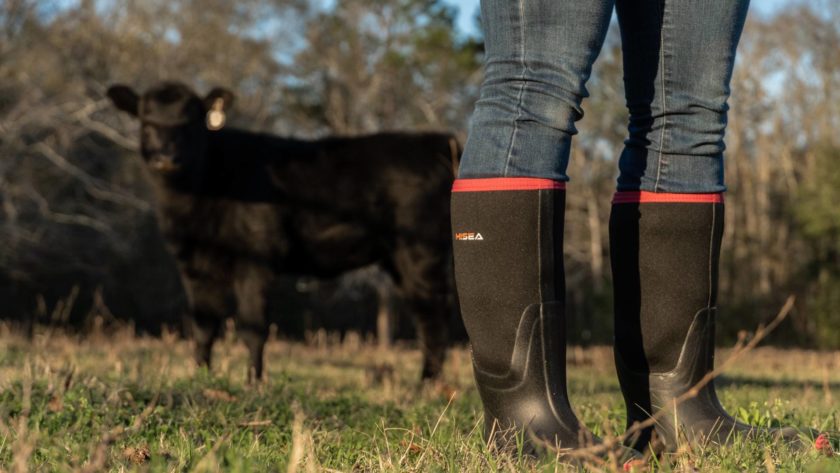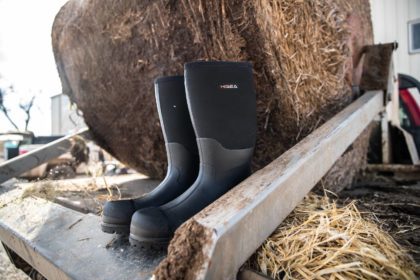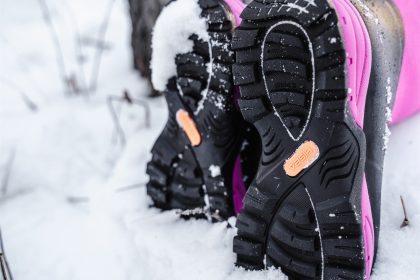When it comes to choosing the right footwear for work, there are two main options: work boots and work shoes. Work boots and work shoes are both designed to provide protection and support for people who work in physically demanding jobs. However, there are some key differences between the two. As workplace hazards can differ, it is crucial to understand the differences between them.
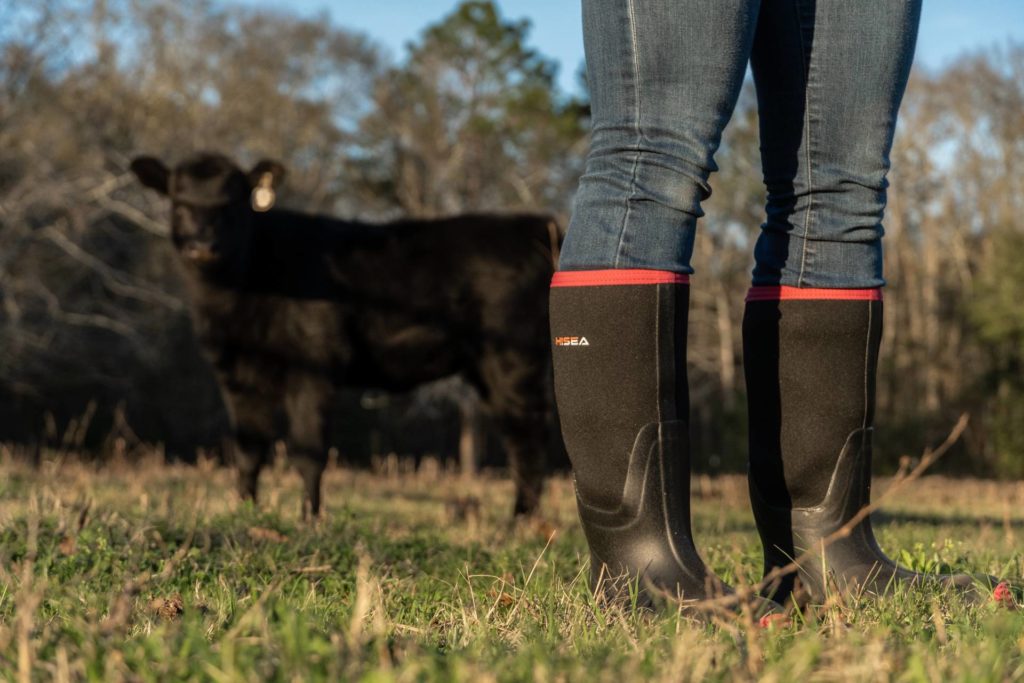
Work Boots
If you work in construction, a factory or a warehouse you know that your feet will take a beating and that work boots for men are vital.
Work boots are usually classified into following types by design: hiking boots, logger boots, Chukka boots, casual/informal boots, sneaker boots, western boots, moc toe boots, wellington, tactical/military boots, formal/office boots and Chelsea work boots. Each type of work boot has its own unique features and benefits, making them suitable for different types of jobs and environments.
For example, hiking boots are designed for outdoor activities and provide good support and traction on uneven terrain.
Logger boots are specifically designed for logging work and have a high ankle for added protection against debris and sharp objects. Chukka boots are more appropriate for formal or casual indoor office settings rather than challenging outdoor surroundings.
A tall western work boot offers protection against abrasion hazards on the job site, reducing the risk of foot injuries.
Sneaker work boots are typically lighter than heavy-duty work boots due to the use of lighter materials, providing enhanced comfort even after extended use.
Chelsea boots feature side gussets that stretch with the foot’s entry, eliminating the discomfort of forcing the foot into a tight boot opening.

Slip-on work boots can be easily put on or taken off, saving time and effort.
Moc toe work boots are designed to increase flexibility and comfort, making them suitable for jobs that involve a lot of walking and kneeling.
Furthermore, work boots are typically made with a higher cut, covering the ankle and sometimes even reaching up to the calf. This provides extra support and protection for the ankle and lower leg, such as hunting boots for men. which can be especially important in jobs that involve heavy lifting or working on uneven terrain. Work boots also often have thicker soles and more durable materials, making them ideal for harsher work environments.
Work Shoes
Work shoes are suitable for jobs that require more mobility and agility, such as healthcare or hospitality. They may have features such as reinforced toe caps, slip-resistant soles, and waterproofing to help prevent injuries and keep the feet comfortable in various work environments.
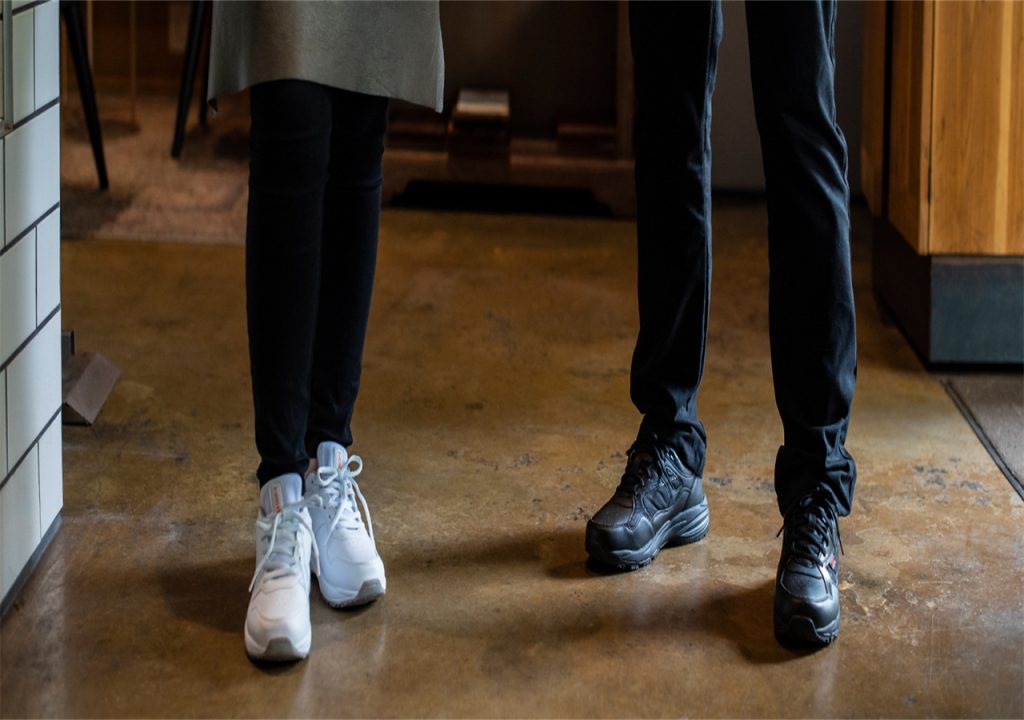
Classified by toe type, work shoes can be divided into steel toe work shoes, composite toe work shoes, soft toe work shoes, met guard work shoes, alloy toe work shoes, and aluminum toe work shoes.
Steel toe shoes for men are the most common type of work shoe and are designed to protect the feet from heavy falling objects. They are made with a steel cap over the toe area, which can withstand a significant amount of pressure.
Composite toe work shoes are similar to steel toe work shoes, but they are made with non-metallic materials such as Kevlar, carbon fiber, or plastic. They are lighter than steel toe work shoes and are ideal for workers who need to pass through metal detectors.
Soft toe work shoes do not have a protective toe cap and are designed for workers who do not face the risk of falling objects. They are lighter and more comfortable than steel toe work shoes and are ideal for workers who spend a lot of time on their feet.
Met guard work shoes have a metatarsal guard that protects the top of the foot from falling objects. They are ideal for workers who work with heavy machinery or equipment that can cause serious foot injuries.
Alloy toe work shoes are made with a combination of lightweight materials such as aluminum, titanium, or composite materials. They provide the same level of protection as steel toe work shoes but are lighter and more comfortable to wear.
Aluminum toe work shoes are similar to alloy toe work shoes but are made entirely of aluminum. They are lightweight and provide excellent protection against falling objects.
What’s more, work shoes are typically lower cut and more lightweight than work boots. They are often made with more breathable materials, which can be beneficial for jobs that require a lot of movement or standing for long periods of time. Work shoes are also often more flexible than work boots, allowing for greater range of motion in the foot and ankle.
In conclusion, work boots and work shoes are both designed to be protective and supportive, but they differ in their style, level of protection, and intended use. So whether you’re a construction worker or a nurse, a logger or a chef, there’s a perfect pair of work boots or work shoes out there for you. Just remember, when it comes to protecting your feet, it’s always better to be safe than sorry!


